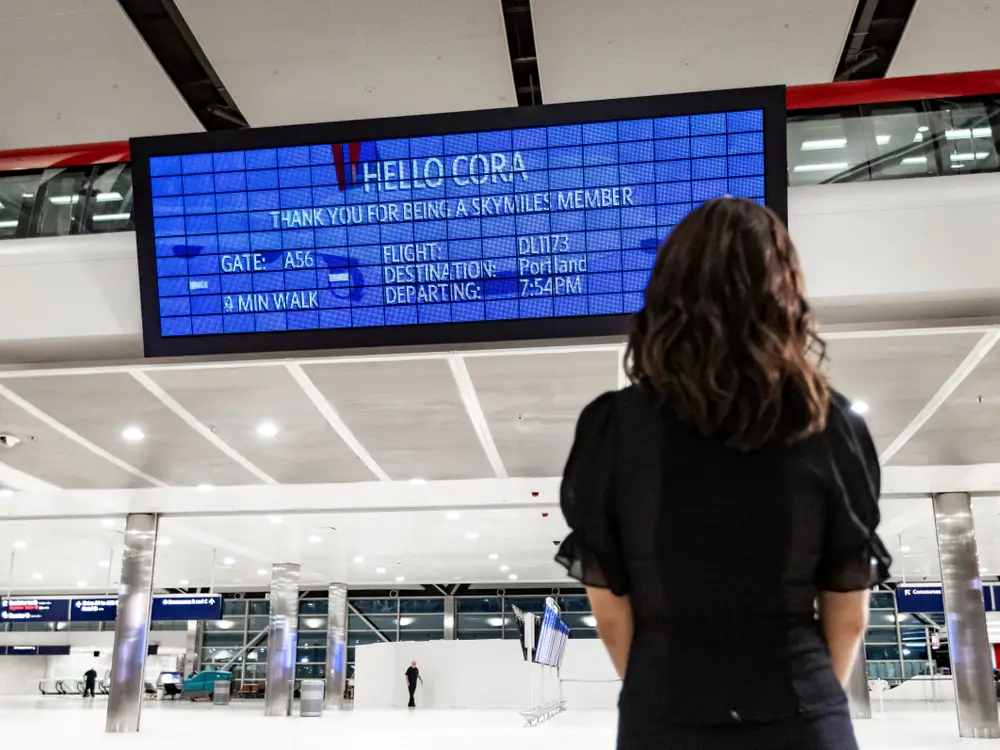Looking at the image above, your brain intuitively knows this is a library. And with great certainty you might not think this is a carshop. But why is that? With our life experience we’ve learned to read visual cues. This also applies to digital spaces. Today, placemaking is being employed in the design of websites, apps, and digital products. In the physical world, it is all about the visual cues that tell us where we are, what we’re doing, and what’s expected of us. From libraries, to restaurants, to bedrooms, to banks, the layout, furnishing, and cultural conventions of a place tell us what it is, and how we should interact with it.
On websites, it is all about the design, structure, and features that are used to convey the purpose of the site and to make it easy for users to find what they are looking for. One example of how digital placemaking is carried out is seen in the similarities between websites with a similar focus. For example, social media sites typically have an endless scroll and the ability to like or share posts, while retailers usually have a search field with many filter options and top level categories.
Maintaining Orientation #
Navigating complex information systems can be daunting for users, and as information architects, it is our job to guide them through these systems. As drivers, we recognize the importance of road signs, and the same is true in a digital space. Signs that help orient website visitors are crucial to helping people know where they are and if they are where they hope to be.
Much like how ancient cultures used the stars in the sky to guide them while travelling, navigational signs help orient website visitors as they explore. Human readable URLs and breadcrumbs are a great example, as they show users where they are located within the hierarchy of a website.
Another way to provide navigational help is through the use of colours and visual cues. You should keep in mind that it is important to always combine two or more ways to identify something. For example, ski slopes in North America use a visual vocabulary of green circle, blue square, black diamond, and double black diamond to express how easy or difficult a slope is. This combination of colours and shapes ensures that all users, including those who are colour blind or in low visibility areas, are able to understand the navigational cues.
Shapes of Content #
Tom Johnson, the renowned blogger behind “I'd Rather Be Writing”, once wrote a blog article about the different shapes of content. The article discussed how content can be abstracted into shapes, making the text illegible, and still be identified for its purpose.

Although it's invisible, many visitors unconsciously recognize the function and purpose of a page as a procedure, checklist, paragraph and more from its abstract shape. The shapes of content have a profound effect on how readers interact with it. Johnson argues that the layout of the content is just as important as the words used - for example, a recipe is usually formatted so that each step is a separate numbered item, rather than a single paragraph. On the other hand novels are never written in the shape of reference tables.
Every Page is Page One #
In the age of digital media, information architecture has become increasingly important for successful navigation of the internet. Mark Baker, a renowned figure in content strategy, popularised the concept of “Every Page is Page One” (EPPO) which suggests that instead of thinking of users as entering a website through its homepage, they are more likely to enter a website through a link from a Google search or bookmark. Or as Lief Erickson, a lecturer at FH Joanneum, puts it: “Most people will never use the front door to enter our website. Instead, they use the back door, side door or the upstairs window to get in.” Therefore, each page must contain all of the necessary context clues to help the user understand the page and its purpose. It should also provide enough context clues for users to determine that they are on the correct page.
Center of Information #
Another interesting concept, introduced already in the 90s, is the so-called “Center of Information”. This concept is based on the idea that when visitors come to a website, they are looking for answers to their questions. We have to provide them with enough clues to get the answer they are looking for. If the clues on the page reinforce their beliefs, they will stay. This could be done through providing a clear navigation structure or by providing keywords and other visual cues to help them find their way.
If the website doesn't provide enough clues as to where they can find the answer, they will quickly abandon the site and look elsewhere. That is why it is important for websites to provide enough information and clues that readers believe they can find the answer to their question.
Conclusion #
Placemaking is a concept that has been around for centuries, but is still relevant in the digital age. In a world of digital communication, placemaking is being employed to create an engaging user experience that encourages meaningful interactions. Placemaking is all about the visual cues that tell us where we are, what we’re doing, and what’s expected of us. This means providing users with enough context clues to help them get the answer they are looking for.

Advances in technology are enabling us to create even more personalised user experiences. The Detroit Metropolitan Airport's new futuristic information screen is a great example of this, as it can show personalised flight information to multiple people at once. Passengers scan their boarding pass and a camera will follow their position. This tells the screen to show the right information to the right person.
Where to go from here #
As technology continues to evolve, it is exciting to think of the potential for more personalised user experiences in the future of information architecture. It is clear that placemaking will continue to be an important concept in the creation of digital spaces and products, and the possibilities for the future are truly limitless.
References #
Baker, Mark. Every Page Is Page One: Topic-Based Writing for Technical Communication and the Web. s.l: XML Press, 2013.
Hinton, Andrew. Understanding Context: Environment, Language, and Information Architecture. 1 edition. Sebastopol, CA: O’Reilly Media, 2014.
Johnson, Tom. „Unconscious Meaning Suggested from the Structure and Shape of Help“. I’d Rather Be Writing (blog), 18 July 2012. https://idratherbewriting.com/2012/07/18/unconscious-meaning-suggested-from-the-structure-and-shape-of-help/.
Sampson, Hannah. „Coming to a giant airport screen: Your personal flight information“. The Washington Post, 25 July 2022. https://www.washingtonpost.com/travel/2022/07/25/delta-tech-flight-info-screen/.
This article is a student-written report on the content of a part of the course “Information Architecture” by Lief Erickson in the 2nd semester of the M.A. program in Content Strategy. It has been authorized by the instructor Lief Erickson.

